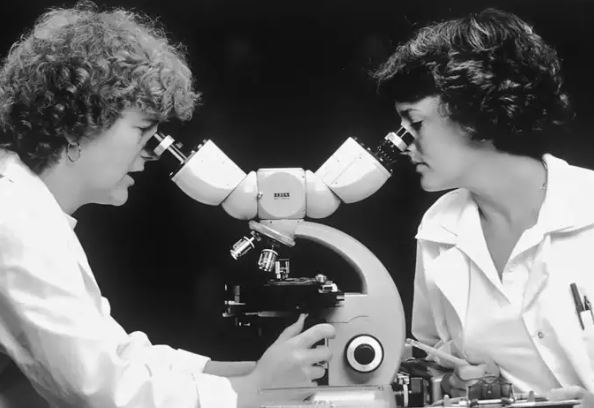Lifestyle
8 lesser-known facts about microscope and its history

The modern microscope emerged in the 17th century, but magnifying objects with lenses dates back to ancient civilizations.
Egyptians and Romans used rudimentary lenses. Zacharias and Hans Janssen developed the first microscope in the late 16th century.
Antonie van Leeuwenhoek refined it, observing microscopic organisms in the 17th century.
1. Antiquity of microscopy
While the microscope as we know it today emerged in the 17th century, the concept of magnifying objects using lenses dates back to ancient times. The ancient Egyptians and Romans used simple lenses made of glass or crystal to magnify small objects.
2. First microscope
The earliest known microscope was likely invented in the late 16th century by Dutch spectacle maker Zacharias Janssen and his father Hans. Their invention consisted of a simple tube with a lens at each end and was capable of magnifying objects up to 9 times.
3. Leeuwenhoek’s contribution
Dutch scientist Antonie van Leeuwenhoek is often credited with the refinement of the microscope in the 17th century. He developed single-lens microscopes with remarkable magnification capabilities, allowing him to observe bacteria, blood cells, and other microscopic organisms for the first time.
4. Micrographia
In 1665, English scientist Robert Hooke published “Micrographia,” a groundbreaking work that documented his observations using a compound microscope. Hooke’s illustrations of cork cells, among other things, provided the first glimpse into the microscopic world.
5. Compound microscope development
The compound microscope, which utilizes multiple lenses to achieve higher magnification, was further developed by scientists such as Marcello Malpighi, Nehemiah Grew, and Jan Swammerdam in the late 17th century.
6. Abbe’s resolution limit
In the late 19th century, German physicist Ernst Abbe formulated the Abbe sine condition, which sets a theoretical limit on the resolution of optical microscopes. This became a fundamental principle in microscope design and led to significant advancements in resolving power.
7. Electron microscope
The electron microscope, which uses a beam of electrons to magnify objects, was developed in the 1930s. Ernst Ruska, a German physicist, built the first electron microscope in 1931, paving the way for much higher magnification and resolution compared to optical microscopes.
8. Scanning Tunneling Microscope (STM)
In 1981, Gerd Binnig and Heinrich Rohrer invented the scanning tunneling microscope, which allows scientists to image surfaces at the atomic level. This breakthrough earned them the Nobel Prize in Physics in 1986.
9. Advancements in digital microscopy
Recent decades have seen significant advancements in digital microscopy, with the integration of digital cameras, computer software, and image analysis tools. This has revolutionized imaging techniques and made microscopy more accessible to researchers across various disciplines.






